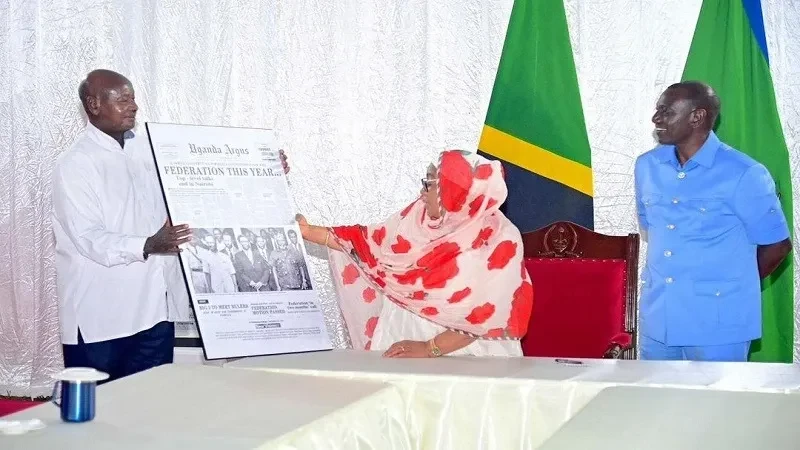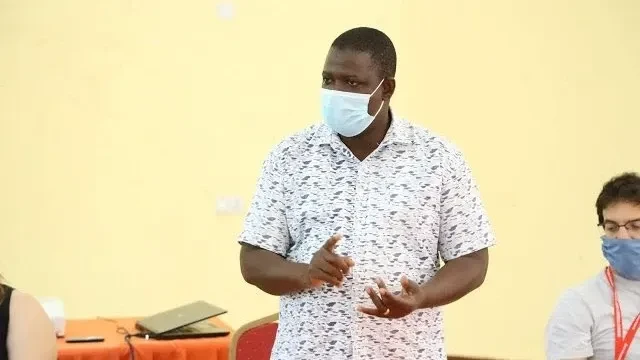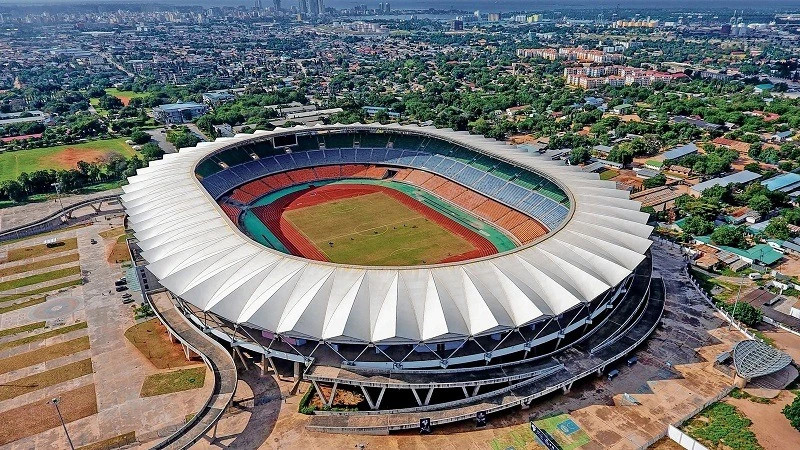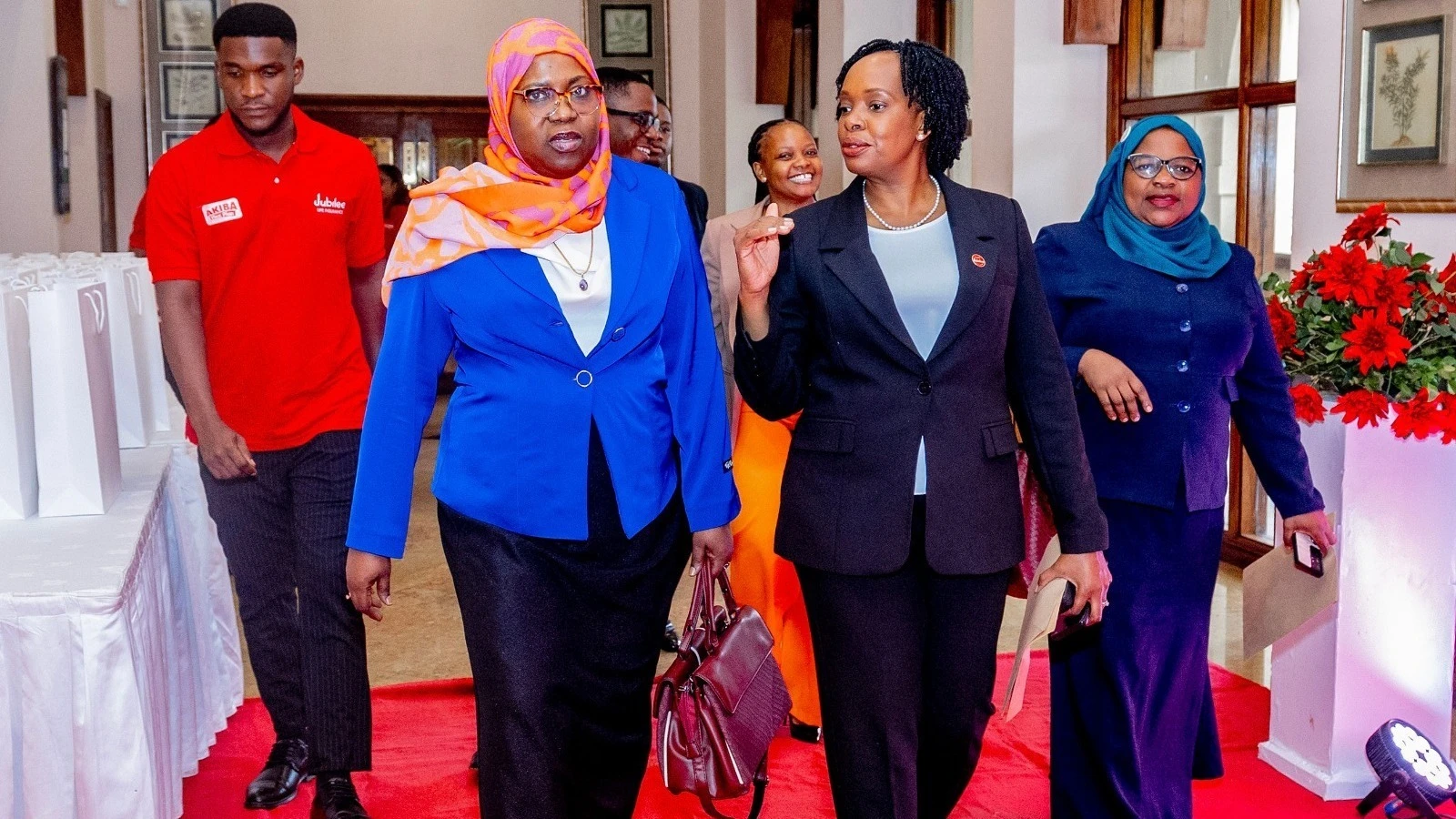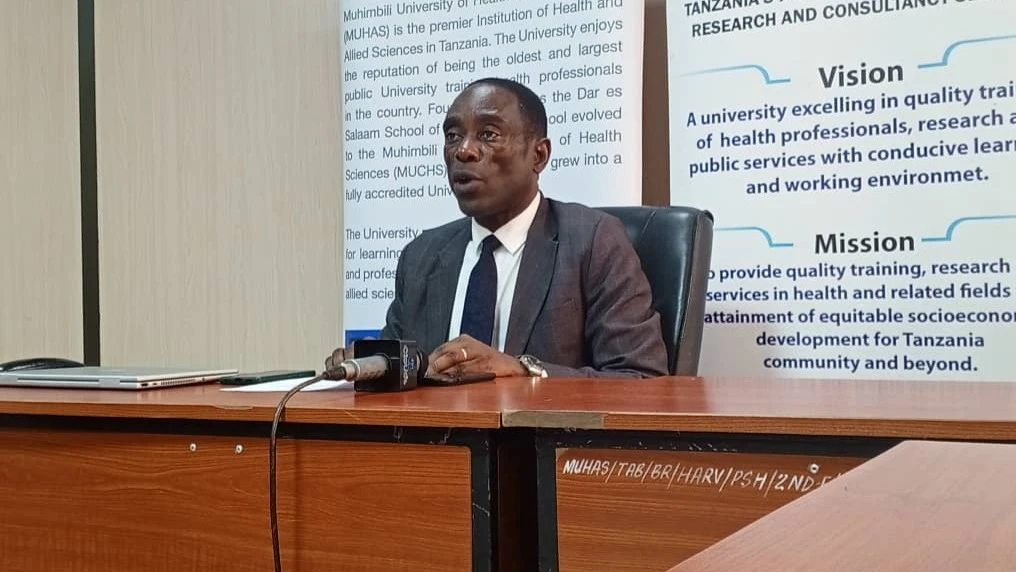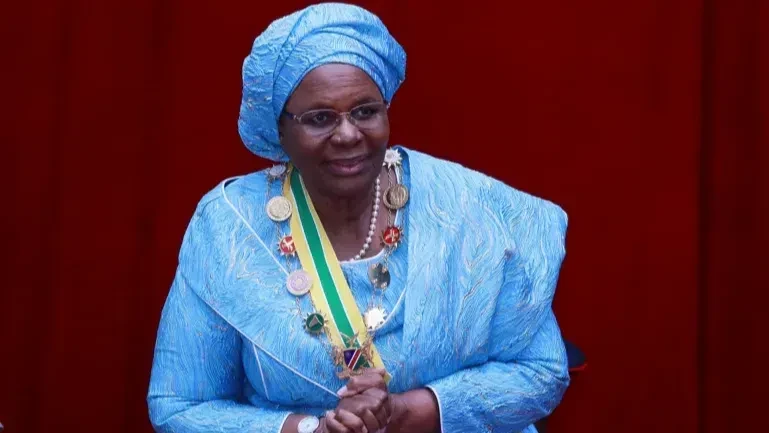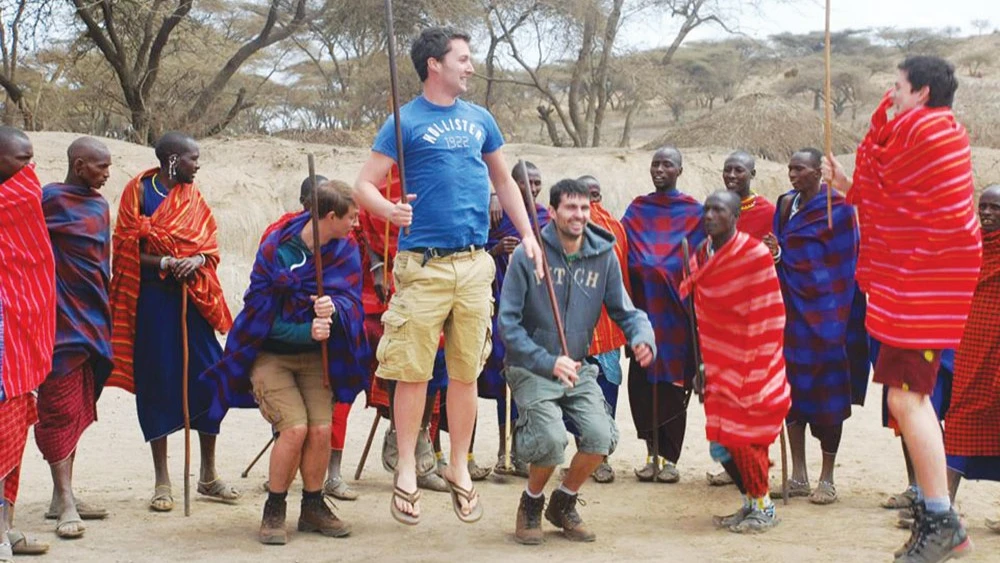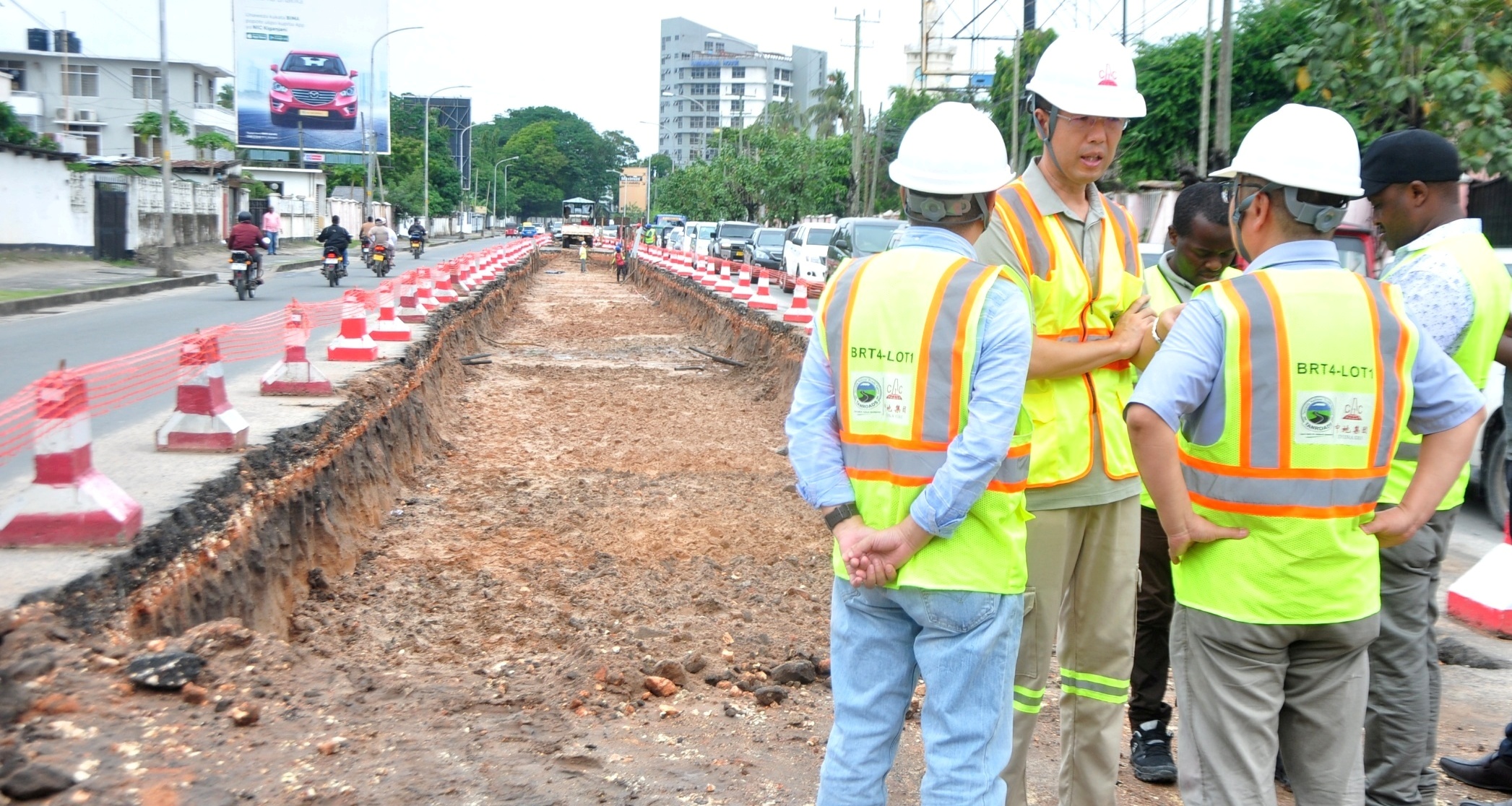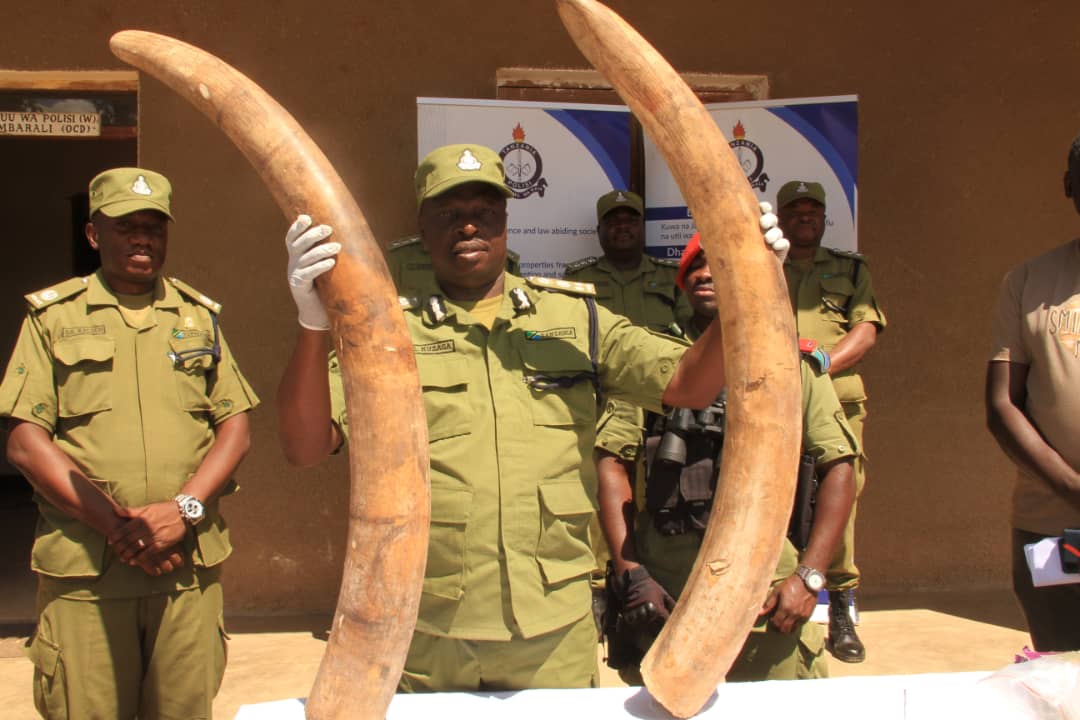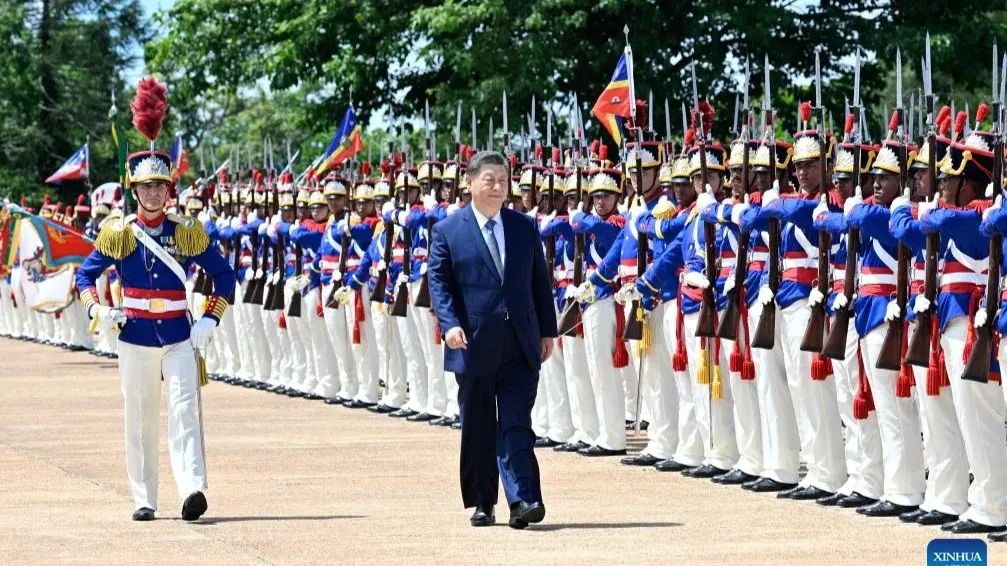Govt reduces hotel fees, cuts park entrance dues
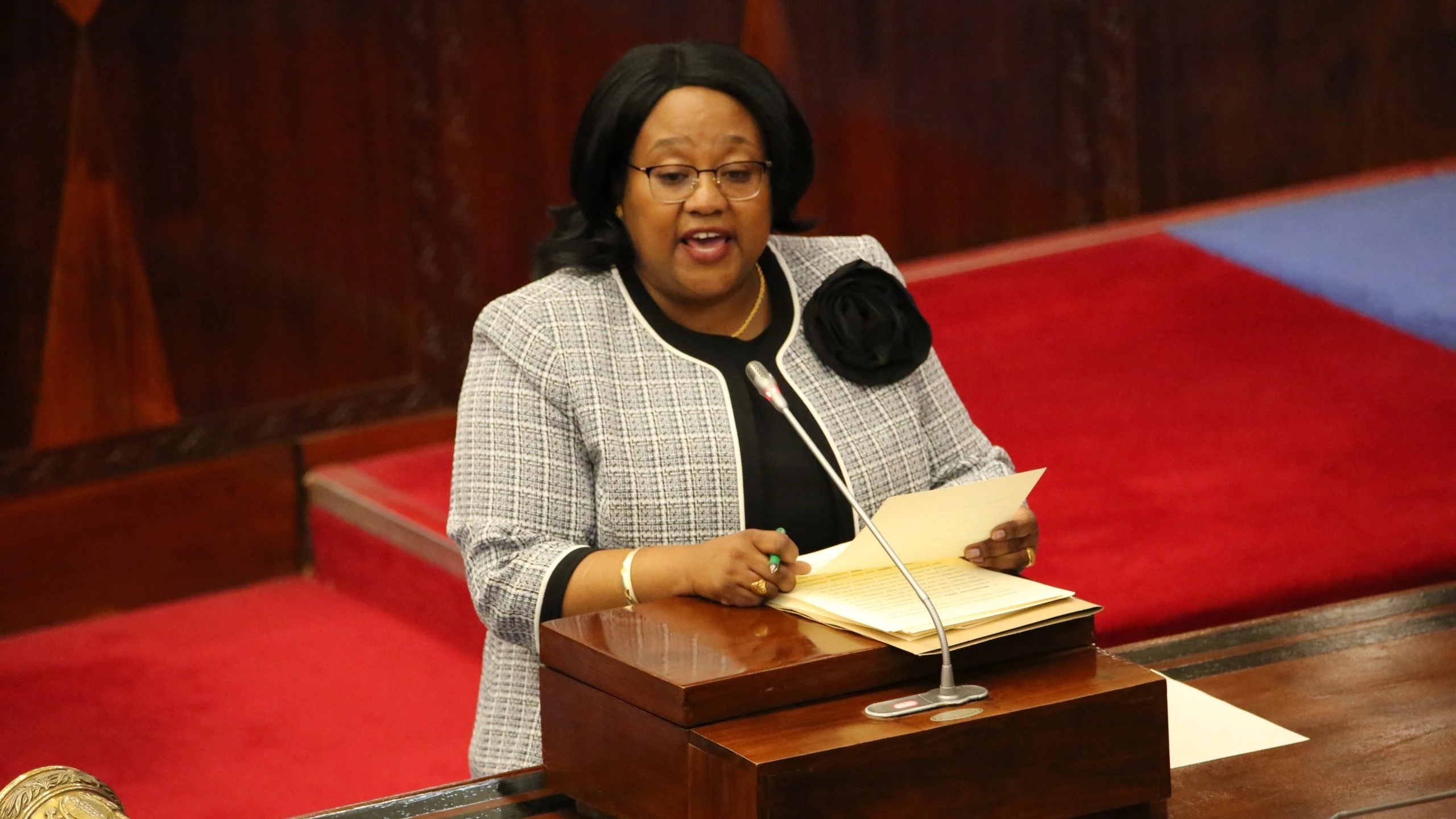
REVISIONS are being made to the 2015 regulations on tourism business license and fees, now being paid in the local currency while streamlining fee systems to ease the burden on the private sector.
Dr Pindi Chana, the Natural Resources and Tourism minister, made this observation when presenting 2025/26 budget estimates yesterday, where she said the ministry plans to spend 359.98bn/- and generate 1.18trn/- in revenue.
“For instance, we have reduced the five-star hotel category fee from $2,500 to $1,500 while four-star hotel fees drop from $2,000 to $1,000 in the new set up.
Three-star hotel fees drop from $ 1,500 to $ 500 and two-star quotation from $1,200 to $300 and one-star fees from $1,000 to $200 – all being paid in the local currency, she said.
Park entrance fees for licensed tour guides have been abolished, where licensed guides will carry valid permits, she stated, citing the reduction of the mountain climbing agency fee from $ 2,000 to 3m/- and the annual Tanzania Tourism Business Licenses (TTBL) tour guide license fee declines from $50 to 35,000/- per annum.
Meanwhile the number of international tourists visiting Tanzania has surged by 132.1percent, from 922,692 in 2021 to 2,141,895 in 2024, the minister noted.
Acquisition of two helicopters to help manage dangerous and destructive wildlife is among key plans of the ministry, she said, applauding the significant increase in domestic tourism.
The number of local visitors to attractions rose by 307.9 percent—from 788,933 in 2021 to 3,218,352 in 2024, she stated, intimating that the total number of tourists reached 5,360,247 last year, 107.2percent of the five million target set in the ruling party manifesto in the past general election.
She cited methods of promoting tourism visitation, like advertising in top global sports leagues, international events, airline collaborations, promotional caravans, major global festivals and international media networks.
Strategic tourism products, including heritage sites, beach tourism, conferences and events will be developed, as well as cruise tourism, sports, wellness and cultural tourism, she said.
Upgrading tourism and conservation infrastructure such as roads, airstrips and visitor facilities are planned, along with strengthening the use of modern technology in conservation and tourism operations.
This includes resource monitoring, promotion and management to protect wildlife, forests, bees and cultural heritage, she stated, citing the need to enhance the value and production of forestry and bee products.
Improved data collection systems, conducting strategic research and offering advisory services for sustainable management demand community education on sustainable resource use and conservation.
There is also a need for improving systems for revenue collection from tourism and conservation activities, by updating regulations to strengthen governance in the natural resources and tourism sector, she stated.
A total of 48.3bn/- will be allocated for taming dangerous and destructive wildlife, with the purchase of two helicopters for the Tanzania National Parks Authority (TANAPA) and the Ngorongoro Conservation Area Authority (NCAA).
Electric fencing stretching 53 km will be built, 38 km from Tabora B to Mara River in the Serengeti National Park and 15 km from Loduare Gate to Oldiani in the Ngorongoro area.
A total of 19 ranger posts will be set up in areas experiencing frequent wildlife incursions, plus 50 protective cages in areas prone to crocodile and hippo attacks, the minister affirmed.
In 2025/26, the ministry will review the Forest Act No. 14 of 2002 and the Beekeeping Act No. 15 of 2002, along with the 2007 Community-Based Forest Management (CBFM) guidelines for sustainable harvesting in natural forests, she said.
A national guide for plantation forest management plans, a forest produce insurance framework, and a national monitoring framework for bee products are in the pipeline, along with a national beekeeping development programme, she said.
Honey production is projected to increase from the current 33,861 tonnes to 75,000 tonnes in ten years, meanwhile as efforts are pursued to safeguard natural and cultural resources with 4,592 patrols conducted so far.
A total 331 suspects, the seizure of 11,332 livestock, 11 elephant tusks, 27 pieces of ivory, one firearm, and the dismantling of 153 wire snares used to trap wildlife, she added.
Top Headlines
© 2025 IPPMEDIA.COM. ALL RIGHTS RESERVED



